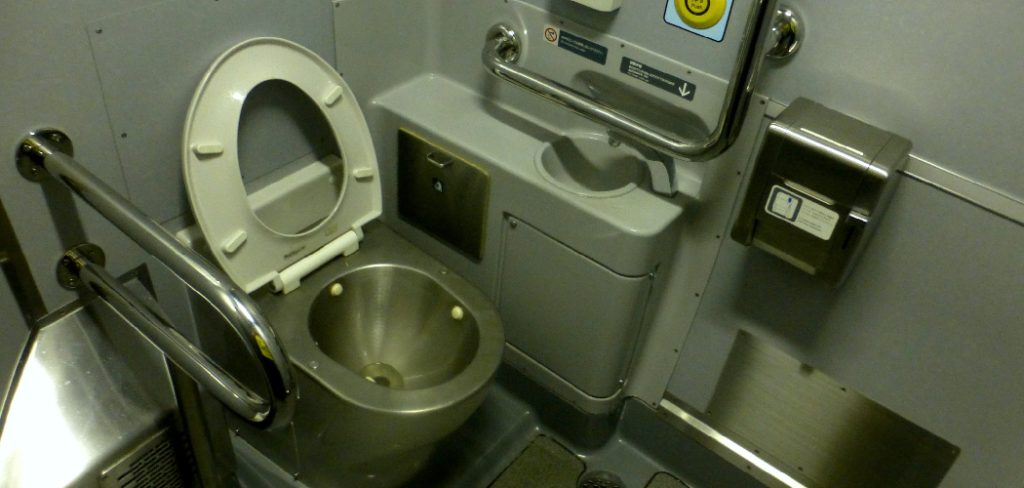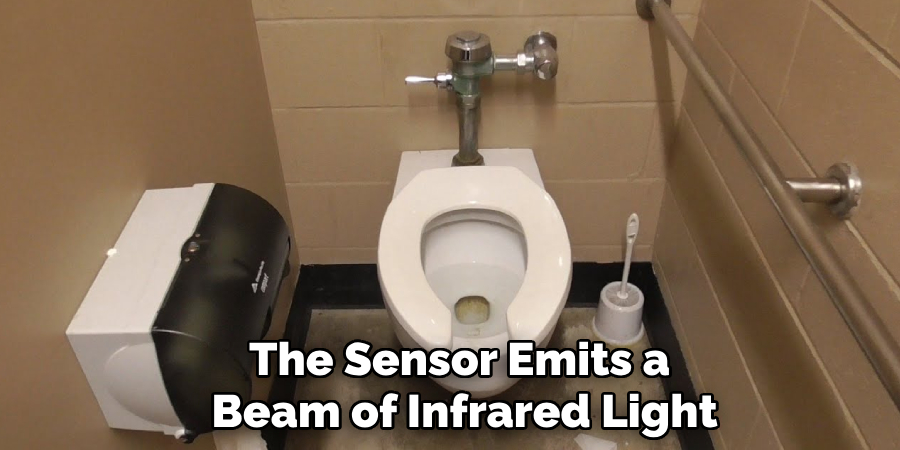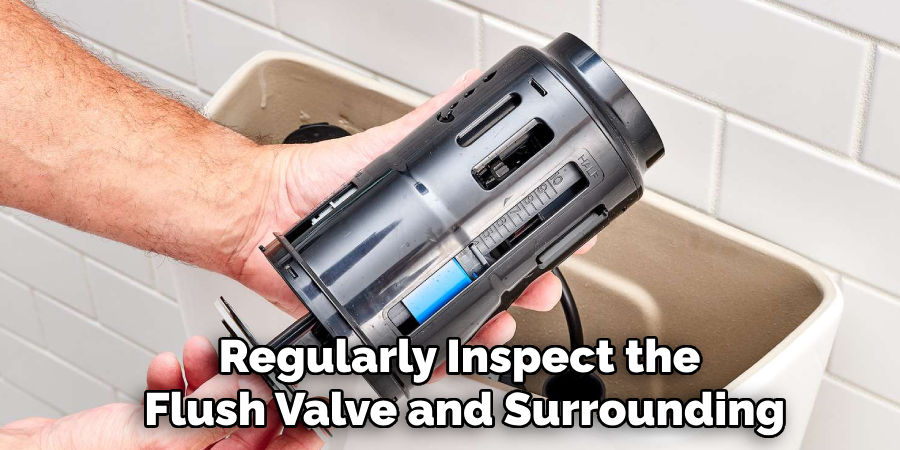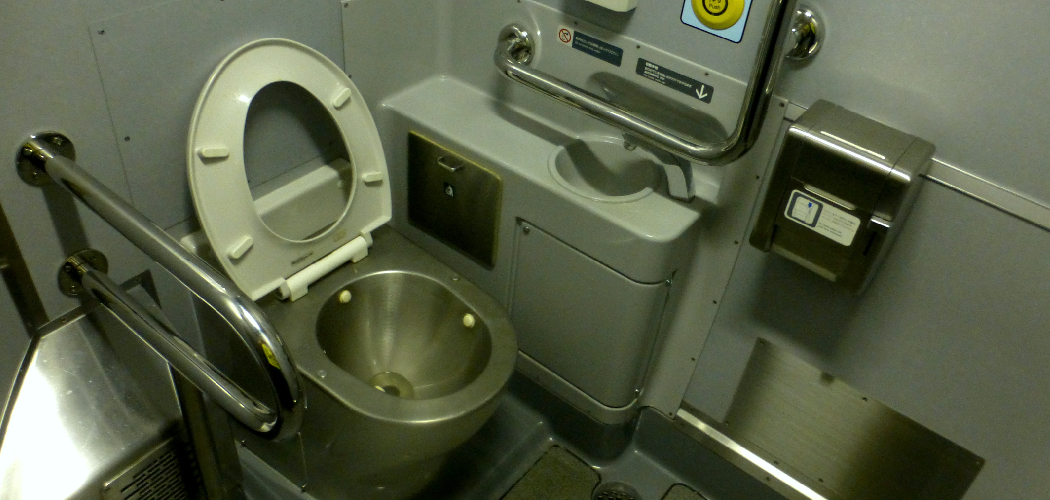Motion sensor toilet flush systems are innovative, touch-free devices that enhance hygiene and modern convenience. Commonly seen in public restrooms and increasingly embraced in residential settings, these systems utilize advanced motion-detection technology to activate flushing without physical contact. Their touchless operation significantly reduces the spread of germs, making them an ideal solution for maintaining cleanliness in high-traffic areas.

Beyond hygiene, motion sensor toilet flushes are also valued for their water efficiency. With features like controlled flush volumes, they contribute to resource conservation and lower utility bills. Additionally, their convenience makes them user-friendly for individuals of all ages and abilities.
The purpose of this article is to provide an overview of how these systems work, guide you on how to use motion sensor toilet flush systems effectively, and offer tips on troubleshooting basic issues to ensure optimal performance and longevity.
How Motion Sensor Toilet Flush Systems Work
Motion sensor toilet flush systems utilize advanced technology to provide a hands-free and hygienic experience. These systems rely on the following components and mechanisms to function effectively:
Infrared Sensor Technology
At the core of these systems is infrared sensor technology. The sensor emits a beam of infrared light that detects movement or the presence of a user. When the user stands up or moves away from the toilet, the sensor identifies this change and triggers flushing. This technology ensures that the flush operates automatically, reducing the need for physical contact and thereby promoting better hygiene.
Power Source

Motion sensor systems typically operate using either batteries or a hardwired connection. Battery-powered models have low battery indicators, alerting users when replacements are needed. Hardwired systems, on the other hand, draw power directly from an external source, offering a more permanent solution that eliminates the need for regular battery replacement.
Flush Mechanism
Once the sensor is activated, the system engages a valve mechanism to release the appropriate amount of water for a thorough flush. This automated process ensures effective flushing while conserving water, as many models are designed with adjustable or controlled flush volumes to prevent wastage.
How to Use Motion Sensor Toilet Flush: Using a Motion Sensor Toilet Flush
Step-by-Step Usage
- Sit or Stand Normally
The motion sensor detects your presence as you approach or use the toilet. There is no need to activate anything manually; simply sit or stand as you would with a traditional toilet.
- After Use
Once you finish, you can just walk away. The sensor automatically detects your absence and triggers the flushing mechanism. This hands-free operation eliminates the need for physical contact, promoting better hygiene and convenience.
Manual Override (if available)
Many motion sensor toilet flush systems have a manual flush button as a backup option. This feature can come in handy if the automatic mechanism fails or if you wish to flush immediately. To use this option, simply press the button, which is typically located near the sensor or on the side of the unit.
Distance and Angle Considerations
For optimal performance, ensure you are within the sensor’s detection range, generally between 18 and 30 inches. Being too far from the sensor or standing at an unusual angle may prevent it from accurately detecting your presence. Manufacturers often design these sensors to function best when users are directly in front of or above the fixture at an average distance.

By following these guidelines, you can seamlessly integrate motion sensor toilet flush systems into your daily routine, enjoying the benefits of automated, hygienic, and water-efficient solutions.
Common Mistakes and Misunderstandings
When using motion sensor toilet flush systems, several common mistakes and misunderstandings must be avoided to ensure proper functionality and efficiency.
Waving Hands at the Sensor
Many people mistakenly believe they need to wave their hands in front of the sensor to activate the flush. However, with modern sensors, this action is unnecessary. These systems are designed to detect presence and absence automatically, triggering the flush once you leave the designated area, rather than relying on specific gestures.
Standing Too Far or Too Close
A common issue arises when users stand too far from or too close to the sensor. Sensors have an optimal range for detection, and being outside this range can cause the system to not register your presence correctly. It’s important to understand the recommended distance—often specified by the manufacturer—for the system to function as intended.
Blocking the Sensor
Obstructions such as bags, clothing, or other items placed in front of the sensor can interfere with its ability to detect movement or presence. Users should ensure the sensor remains unobstructed for reliable operation.
Expecting Instant Flush
It’s important to note that some motion sensors include a slight delay before flushing after you vacate the area. This delay is intentional and helps ensure complete user departure before activating the system. Patience is key to understanding this functionality.
Troubleshooting Basic Issues
Sensor Doesn’t Detect You
If the sensor fails to detect your presence, start by cleaning the sensor lens with a soft, non-abrasive cloth to ensure no dirt or residue is obstructing it. Double-check that nothing is blocking the sensor, such as debris or external objects. If the problem persists, inspect the sensor for any visible signs of damage. Damaged sensors may need to be replaced for proper functionality.

No Flush After Use
When the system doesn’t flush after use, check if the power source is functioning properly. This may involve replacing dead batteries or ensuring that any wired connections are still intact and secure. If power is not the issue, try activating the manual override button (if available) to confirm the flush system is operational. Persistent issues may require professional maintenance.
Constant or Random Flushing
If the system flushes constantly or at random times, it could be due to a malfunctioning sensor or too-sensitive settings. Start by resetting the unit, as this may recalibrate the sensor. Try lowering the sensitivity for systems with adjustable sensitivity settings to minimize false activations. If these measures fail, the sensor might require replacement.
Water Flow Too Strong/Weak
Issues with water pressure, whether too strong or too weak, may require adjustments to the flush valve settings. Review the unit’s instruction manual for guidance on modifying the valve settings. Additionally, check the water pressure levels in your plumbing system, as low or excessive pressure may influence the flush performance.
Tips for Public Restroom Users
Check for Manual Flush Button
Many modern public restrooms feature toilets and urinals with automatic flushing systems. However, these systems may not always operate as expected. If the sensor fails or you wish to trigger a flush manually, look for a manual flush button. This is often located on the side or top of the unit and provides a quick solution in case of malfunction.
Avoid Blocking the Sensor
The proper functionality of a sensor-based flush system depends on unobstructed detection. Avoid hanging bags, coats, or other items in front of or near the sensor, as this could interfere with its ability to detect motion. Keeping the sensor clear ensures the system operates efficiently.
Be Patient
After using the fixture, it’s essential to wait a few seconds after standing up or moving away to allow the system to trigger the flush. Automatic sensors are designed with brief delays to optimize water usage and prevent unnecessary flushing.
Report Malfunctioning Units
If you encounter a malfunctioning toilet or urinal, be proactive and inform maintenance staff or facility management. Promptly reporting issues helps maintain a clean and functional restroom for all users, ensuring a positive experience for everyone.
Maintaining Motion Sensor Flush Toilets at Home
Routine Cleaning
Keeping the sensor area clean is essential for optimal performance. Use a soft, damp cloth to gently wipe the sensor, removing dust, fingerprints, or any residue that could obstruct its functionality. Avoid using harsh chemicals or abrasive materials to prevent damage to the sensor or the unit’s surface.
Check Batteries Regularly
Motion sensor flush toilets rely on batteries to operate smoothly. Depending on usage, it’s recommended to check and replace the batteries every 6–12 months. Low batteries can compromise the sensor’s responsiveness, so ensuring timely replacement will help avoid unexpected issues.
Inspect for Leaks or Drips
Regularly inspect the flush valve and surrounding plumbing connections for any signs of leaks or drips. Addressing these issues promptly will prevent water wastage and maintain the integrity of your bathroom setup. Look for signs of wear, such as loose seals, and replace parts as necessary.

Follow the Manufacturer’s Instructions
Every motion sensor flush toilet model has specific maintenance requirements. Always consult the user manual provided by the manufacturer for detailed and model-specific guidance. This will help ensure proper care and extend the life of your system. Following these maintenance steps will keep your toilet functioning efficiently for years to come.
Conclusion
Motion sensor toilet flush systems offer exceptional convenience and improved hygiene, making them an increasingly popular choice in both public and private settings. Understanding how to use motion sensor toilet flush systems properly ensures they function efficiently and minimizes operational issues. Simple maintenance steps, such as cleaning sensors and monitoring for wear, can significantly extend the lifespan of these devices.
Combining proper use with regular care allows users to enjoy a seamless and hygienic restroom experience, ensuring these systems operate flawlessly and remain an invaluable modern feature in bathrooms.

